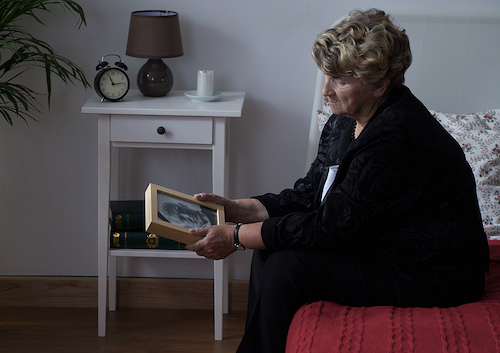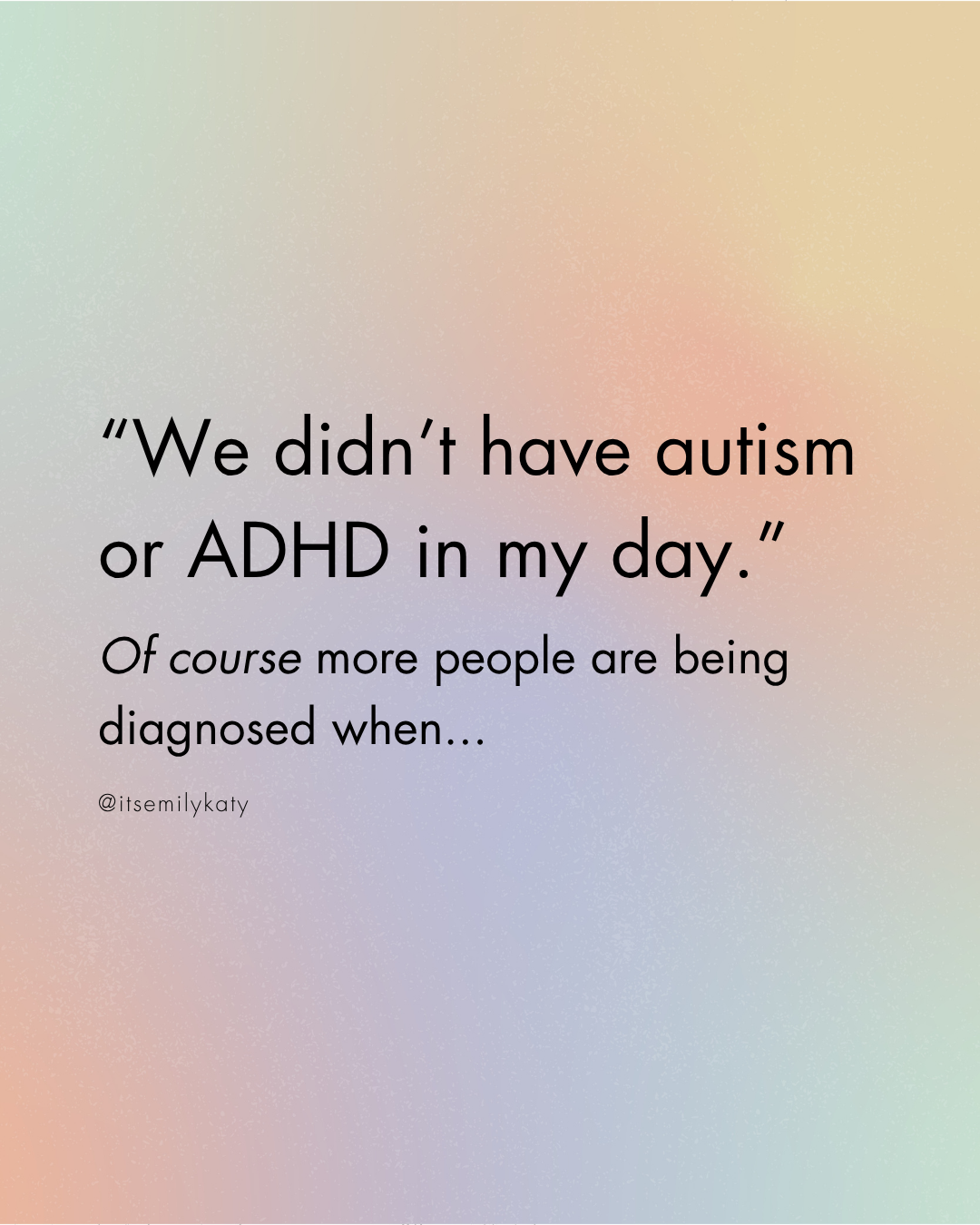Body image concerns can affect individuals of varying demographics on a global scale. These conditions can revolve around concerns or dissatisfaction with their weight or physical appearance. Some may have a preoccupation with a particular body part that they are unhappy with, such as their waist, arms, legs, etc. Body image concerns can affect a person’s thoughts, emotions, and behaviors regarding their appearance. This can lead to anxiety and discomfort in specific situations or environments that can cause significant distress and functional impairment in everyday life. Keep reading to learn 10 positive body image activities you can do with your clients in therapy sessions.
Body image concerns can vary in intensity, and for some may be connected to a diagnosable mental health condition like Body Dysmorphic Disorder (BDD, depressive disorders, Obsessive-Compulsive Disorder (OCD), and eating disorders such as anorexia nervosa, bulimia nervosa, and Binge Eating Disorder (BED). For some, these concerns may be mild and manageable. For others, body image concerns can lead to significant psychological distress that negatively affects their everyday life.
Studies have indicated that the prevalence of body image concerns is highest within the United States and affluent Westernized Areas of the world. Some of the concerns commonly seen center around concerns of weight, muscularity, appearing youthful, and fairness. They can affect individuals of all ages, ranging from youth and adolescents to adults and older adults.
View all of our body image worksheets
How Body Image Activities Can Benefit Your Clients
You can incorporate body image treatment interventions into both inpatient and outpatient treatment settings. This allows you to meet your client where they are, providing comprehensive and personalized care. Therapy often incorporates a variety of therapeutic approaches that can help address distorted thinking patterns, behavioral change, and improve emotion regulation. Together, these focuses can help improve self-acceptance, reduce shame, and increase self-compassion.
Examples of therapies that can be incorporated into your clinical work with clients struggling with body image concerns include Cognitive Behavioral Therapy (CBT), Dialectical Behavior Therapy (DBT), Acceptance and Commitment Therapy (ACT), Compassion-Focused Therapy (CFT), exposure therapy, and mindfulness-based interventions.
There are several benefits to incorporating positive body image activities into your clinical work. These activities can help clients increase their self-awareness of negative thought patterns related to their body image that cause distress. This can also help clients understand how their distress affects their actions, including the presence of avoidance behaviors. These can be sensitive and vulnerable topics for clients to explore and process, which is why having a safe and supportive environment is essential.
With the safety of your therapeutic relationship, you can provide clients with space to explore their insecurities, shame, and guilt. You can help them improve their emotion regulation skills, allowing them to better cope with the psychological distress that they experience. Clients can actively take steps to challenge their inner thoughts of an unrealistic body norm, despite the messages they receive from the world around them.
Positive Body Image Activities to Boost Self-Esteem
There is a range of self-esteem and body image activities that you can incorporate into your clinical work. This allows you to tailor interventions to your client and their needs, providing whole-person care. Body image awareness activities can be impactful for those who experience mild to severe preoccupation with their body image, in a range of healthcare settings.
Before we get into effective body image activities you can use, we want to highlight the use of clinical worksheets in therapy sessions. Worksheets are a valuable tool that can help guide sessions and promote client participation. Additionally, worksheets can serve as a reminder of their session and the skills they learned while at home. TherapyByPro is a leading professional resource, equipped with an assortment of Body Image Worksheets and Self-Esteem Worksheets for mental health professionals.
Continue reading for ideas of self-esteem and body image activities that you can incorporate into your clinical work:
- Using the What Influences My Body Image Worksheet available with TherapyByPro can help your client increase their self-awareness about what, or who, is hurting their body image. This customizable worksheet allows your client to identify specific triggers and rate the impact that they have. Being able to visualize this rating can help modify their perception of this influence. Additionally, your client can identify three specific ways that they can limit their exposure to these influences.
- Journaling is a simple activity that you can encourage clients to use at home. Direct your client to keep a written record of behaviors that are identified within their treatment plan. As an example, you can ask them to track their mirror-checking behaviors and make a note of their thoughts before and after engaging in this activity. You can then review their journal entries in session to explore how they can better manage thoughts and feelings that contribute to unwanted behaviors.
- Guided imagery exercises can be used to help clients in different ways. Guided imagery can be an effective coping strategy for managing psychological distress. It can also be used to help clients return to impactful events or experiences that have shaped their body image concerns. This can help clients challenge their perceptions by using their “mind’s eye” to view different parts of their body that cause distress. You can spend time reviewing how your client felt before and after the exercise, and making a note of any changes they experienced.
- Exposure exercises may also be used with those struggling with their body image. Over time, you can gradually encourage your client to experience a distressing situation tied to their body image concerns. The goal of gradual exposure is to decrease and eventually quell negative reactions to these situations. Your exposure may include mirror exposure or wearing a particular type of clothing in public. Exposure exercises are tailored to each client, allowing for personalized treatment fitting for their symptoms, progress, and goals.
- Another journaling prompt that you can utilize involves having your client write about their body image. This can be an open or structured entry depending on their needs. Your client can write about their most distressing concerns, when it began, how it affects their daily life, and what led to its development or progression. You can also have your client write about what their life would look like without this concern. These exercises can help promote self-awareness for your client.
- A practical activity that could be impactful is to help your client improve their time management skills. By incorporating a structured routine, you can help them avoid downtime and other triggers that can elicit negative thoughts, emotions, and behaviors connected to their body image concerns. This can also help you guide your client in incorporating healthy lifestyle changes, like including enjoyable activities and spending time with their loved ones.
- Including relapse prevention strategies in your session can help your clients learn to manage challenging thoughts, feelings, and behaviors. You can help your client identify experiences and specific thoughts that increase their psychological distress, and explore what they can do to manage them when they appear. This can help decrease the risk of a relapse and promote resiliency and confidence in the long-term.
- Stress management training can be used to help clients learn to reduce their anxiety and stress that contributes to their body image concerns. You can introduce your client to activities like progressive muscle relaxation, deep breathing, and other mindfulness practices. You can process your client’s experience and explore ways in which they see themselves incorporating these practices into their everyday life.
- An impactful conversation you can have with your client is to explore their beauty ideal. You can turn this into a journaling prompt and encourage your client to write about external and internal factors that contribute to their body image concerns. They can bring their journal into the session to continue exploring. You can discuss how beauty ideals change over time and are different around the world. You can help your client begin to see that meeting these beauty standards that they push on themselves does not guarantee health or happiness.
- Spend time exploring how your client’s interpersonal relationships and experiences impact their body image. You can explore specific experiences such as peer pressure, social rejection, “fat talk”, and appearance-based teasing or bullying. Spend time processing your client’s personal experiences, and if they can make changes to their behaviors or routine to decrease exposure to these challenges. You may wish to spend time exploring the positive effects that decreasing time with these individuals can have on their overall emotional wellness.
Final Thoughts On Choosing Effective Body Image Activities For Your Clients
Thank you for taking the time to read about positive body image activities for clients! While body image concerns are commonly associated with eating disorders, anyone can experience these challenges. Your clients may present with mild or severe symptoms, some of whom can manage their thoughts and feelings independently.
Effective body image activities can help your client gain awareness of the challenges that they experience and what is at the root of these difficulties. While working with your client, you may find yourself finding ways to help them improve their self-esteem and confidence, with the intent of seeing that there is more to them than the concerns that preoccupy their thoughts. This can help lead to healthier eating and exercise habits, decreasing their risk of developing or worsening mental health disorders they’re experiencing.
If you are interested in learning more about self-esteem and body image activities that you can bring into your clinical sessions, we encourage you to explore available training, continuing education, and workshops in your area that can introduce new activities to you. We encourage you to use supervision when necessary and familiarize yourself with the expectations within your niche regarding the use of new skills and interventions.
TherapyByPro is a trusted resource for mental health professionals worldwide. Our therapy tools are designed with one mission in mind: to save you time and help you focus on what truly matters-your clients. Every worksheet, counseling script, and therapy poster in our shop is professionally crafted to simplify your workflow, enhance your sessions, reduce stress, and most of all, help your clients.
Want to reach more clients? We can help! TherapyByPro is also a therapist directory designed to help you reach new clients, highlight your expertise, and make a meaningful impact in the lives of others.
View all of our body image worksheets
Resources:
- Alleva JM, Sheeran P, Webb TL, Martijn C, Miles E. A Meta-Analytic Review of Stand-Alone Interventions to Improve Body Image. PLoS One. 2015 Sep 29;10(9):e0139177. doi: 10.1371/journal.pone.0139177. PMID: 26418470; PMCID: PMC4587797.
- Rodgers RF, Laveway K, Campos P, de Carvalho PHB. Body image as a global mental health concern. Glob Ment Health (Camb). 2023 Feb 27;10:e9. Doi: 10.1017/gmh.2023.2. PMID: 36861019; PMCID: PMC9970735.










